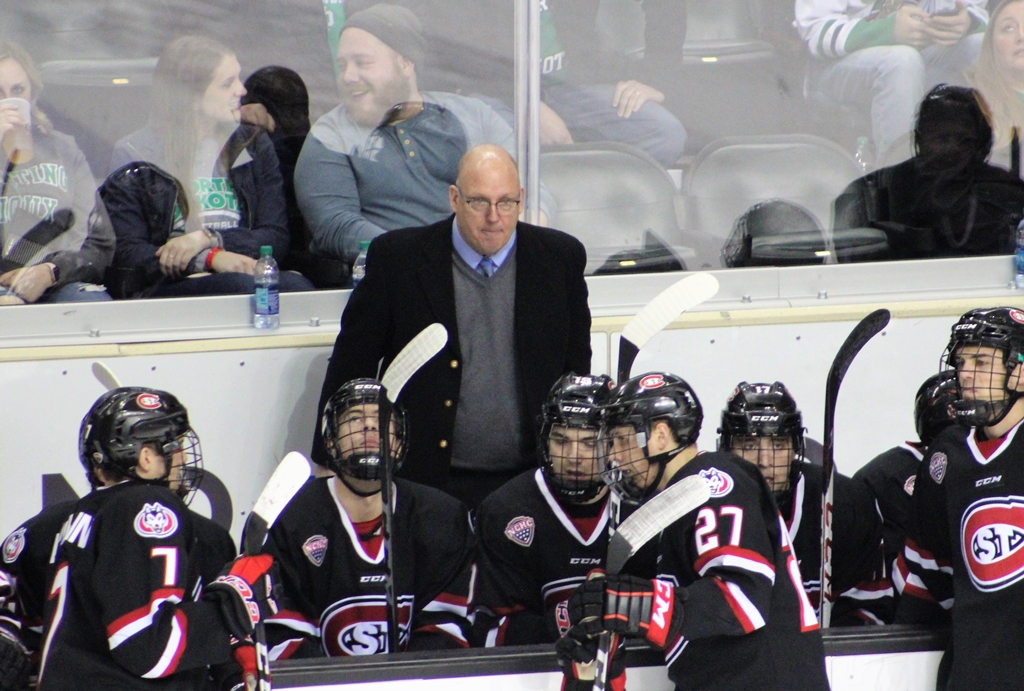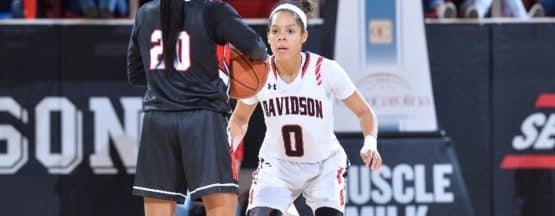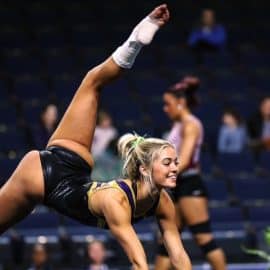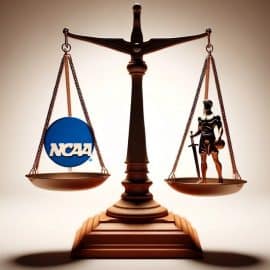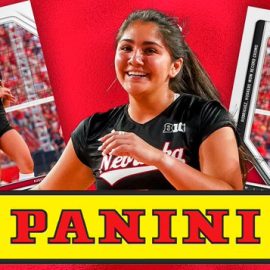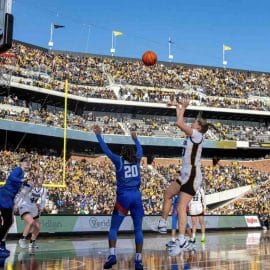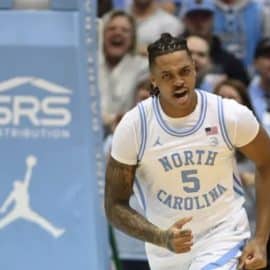There’s some good news on the Division I college hockey front. After causing a firestorm, and upsetting the fans and commissioners of western college hockey, cooler heads have prevailed. Whew. So, this season, nothing changes on the overtime front.
After much discussion, the National Collegiate Hockey Conference will continue to use the same overtime format that they’ve used the last three seasons. Moving forward, at least for now, three-on-three overtimes and the shootout will remain a part of Men’s and Women’s college hockey.
It’s official — The NCAA Playing Rules Oversight Panel approved a proposal to allow conferences to use one of two alternative formats to award points in their standings after the mandatory five-on-five, five-minute overtime period in men’s and women’s ice hockey.
After a traditional five-minute, five-on-five overtime, conferences may use either a five-minute, three-on-three overtime period and a shootout or only a shootout to award additional conference points. Conferences are not required to use one of the alternative systems and may end play after the five-minute overtime.
While nothing will change on the overtime front, there are other rule changes that I can get behind. I do like the video review option for major penalties. It’s long overdue. On-ice officials are human beings and do make mistakes. This allows the option of making sure that the on-ice officials are making the right call before they send a player to the showers.
NCAA OT protocols have been approved, along with a few other rule changes. Full Story: https://t.co/CylbNfIIDT
— College Hockey Inc. (@collegehockey) July 26, 2018
Here are the other rules changes that were approved:
-
- Allowing the use of video review in situations where ejecting a player is being considered. Because such calls are critical and officials must currently make these determinations after viewing the play in real time, the Men’s and Women’s Ice Hockey Committee believes this change will be positive.
- A redefining of slashing. The approved change states: “Any forceful or powerful chop with the stick on an opponent’s body, the opponent’s stick, or on or near the opponent’s hands that, in the judgment of the referee, is not an attempt to play the puck, should be penalized as slashing.”
- For a substitution to be legal, the player coming off the ice must be within 5 feet of the bench before the substitute may contact the ice.
- In overtime games, each team will have one timeout to use in overtime, regardless of whether a timeout was used during regulation play.
- The number of skaters allowed on each team will be increased to 19 (the current rule allows up to 18).
- A player who catches the puck must immediately place it on the ice for play to continue legally. If a player catches and conceals or throws the puck, a minor penalty shall be assessed.
- To reduce the number of video review situations, coaches must use a challenge to review goals scored where a potential high stick is involved or plays where the puck touches the netting out of play and leads to a goal.
The league office is very happy that things will remain the same.
Now that you'll for sure be able to enjoy it this coming season, #TBT to some of the best 🚨 from #NCHCHockey 3-on-3 overtime pic.twitter.com/NxAtzV1TeJ
— The NCHC (@TheNCHC) July 26, 2018
Add The Sports Daily to your Google News Feed!
